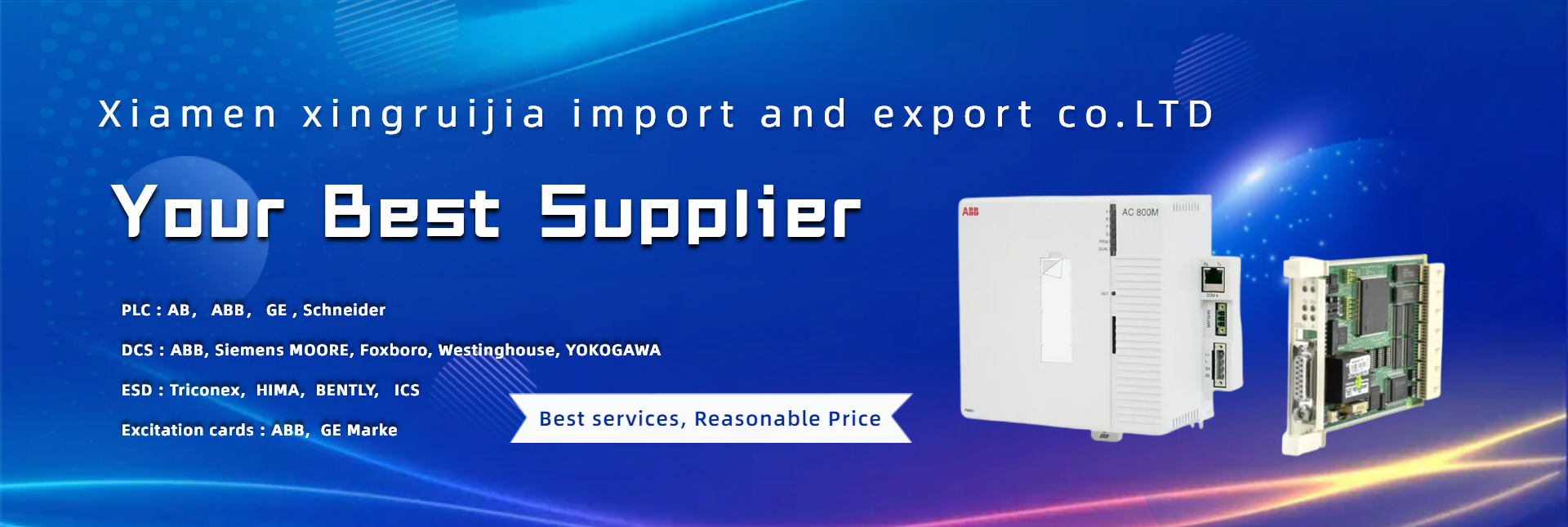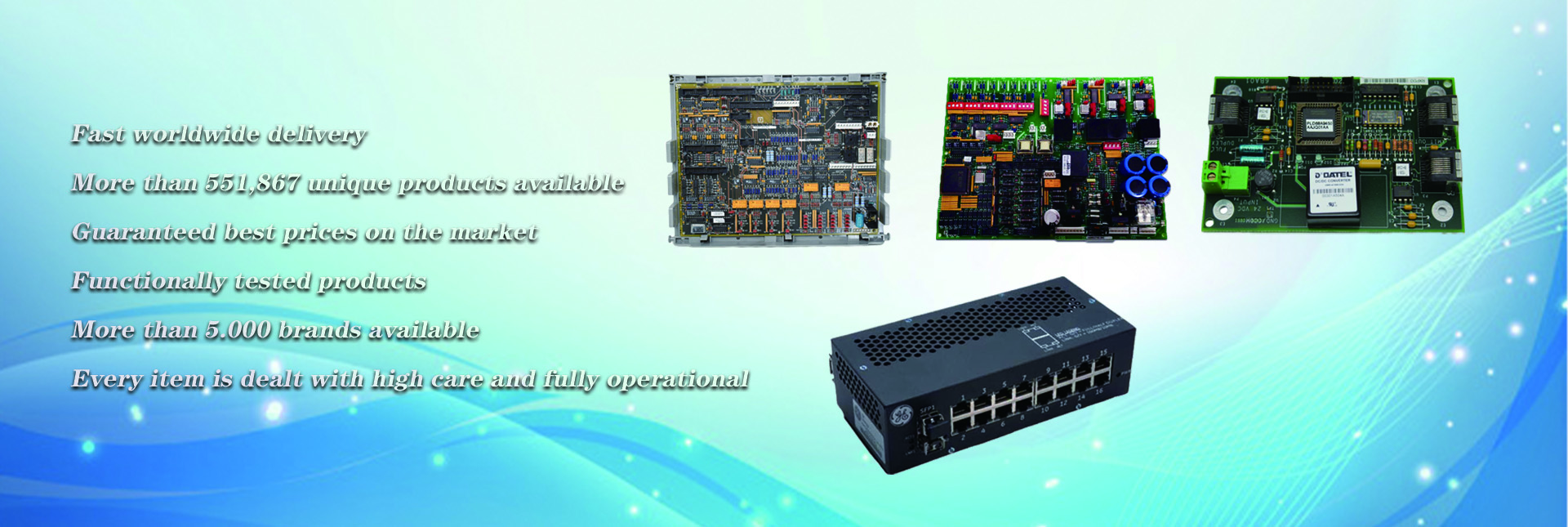1. The ability to take points is no longer critical, but communication ability is more important
Now everyone can see that the control system architecture has been fully industrial Ethernet based. When field bus emerged more than a decade ago, we said that a high-end PLC should have distributed control capabilities, be able to carry many distributed sites, and have the ability to connect to field bus. At that time, when evaluating the performance of a controller, the ability to take points was the most important item. With the improvement of the intelligence of field devices and the need for control systems to ensure reliability, stability, and availability, the ability of the CPU to carry points is no longer the key to distinguish between high-end and non high-end devices. The focus now should be on the ability of Ethernet communication to cover the field, which directly determines the level of control of the system over field process equipment. At the same time, because we are now in a period of connecting the past with the future, for example, the field bus is still in use, and it cannot be said that due to the upgrade, it is no longer compatible with the field bus in the past. However, the future development trend is the world of Ethernet, and support for Ethernet should be more important, while compatibility with existing fieldbus protocols is also an aspect that cannot be ignored.
Previously, Ethernet was a communication method only used for communication between PLC and upper management computer software. Its advantage is that it can transmit larger amounts of data, and more control stations can be connected to this network. However, for field control, even if there are many field I/O stations and devices, the communication volume is not as large as that between the PLC and the host computer. However, it requires higher real-time and reliability requirements, packet loss rate is very important, and real-time and data transmission verifiability are very important.
Now, with the development of lean management in factories, more and more factories are using upper level operation and maintenance management software such as MES systems and asset management systems. Of course, some people also call it intelligent manufacturing or digital chemical plants. This is due to the fact that more and more process customers are beginning to pursue more lean control, hoping to obtain some on-site data through the PLC system for direct use, improving efficiency and real-time performance, thereby improving the overall operational efficiency and management ability.
2. PLC information security becomes indispensable
In the case of “one network to the end”, there is a problem involved: After the network is connected, and after the on-site production process equipment is connected to the above management software or even the cloud, it opens channels for some management and data analysis systems and dedicated systems for our industrial control, the requirements for ensuring information security are even higher. Once data interaction is performed from field devices, it means that the entire communication network is connected. If information security issues occur at any node during the connection process, it may cause mutual impact. If the information security of the upper layer software is not well done, it may intrude from this location and continue. If the local information security deployment for the connection between the control network and the management network is not well done, it may intrude from above or below, causing a series of chain reactions.
Then the PLC side also needs to do a good job in information security. In the past, when developing PLCs, there was no consideration given to the information security aspect, because mainstream high-end PLCs were developed using technology 20 years ago. At that time, there was no information security, and if you wanted to repair this aspect later, you could only add a cover outside. Either a manufacturer updated and patched the underlying operating system, or many information security companies and so-called information security teams are now doing things like adding firewalls, Add some network security switches. “But this treatment does not cure the symptoms, just like a person. You are very weak, and if you take tonic medicine every day, you seem to be getting better, but once a new problem occurs, you cannot resist it.”. Defense in depth can play a role of layer upon layer isolation and protection, but true security still requires each control level to do a good job on its own. This is also a major issue. The new generation of high-end controllers must consider starting from scratch. Regardless of whether you have deployed it elsewhere or not, at least the PLC itself should not be compromised and have the security protection capabilities of its own.
3. No longer simply pursuing how fast but how stable and reliable it is
After entering the industrial era in the past, the production process has gradually matured. To date, it is difficult for us to change a process because we have basically changed everything that can be changed, which means that it is difficult to make significant changes in the processing speed of the control system in the process. For the efficiency or refinement improvement of the process that users are most concerned about, there are actually two ways to optimize it. One is to manage the entire production process and the refined management of the entire material. The other is the refined management of equipment.
However, from this perspective, in fact, under the control of the capabilities of the previous generation of high-end controllers in the past 20 years, our equipment has no problem with its processing speed, and can fully meet the process requirements. Faster control systems are no longer valuable in improving and enhancing the operational benefits of the factory. Just like running on a highway, it doesn’t make sense for you to run 500 miles, because for stability and reliability, we can build a car that can run more than 200 miles to meet our expectations, which is enough. No matter how fast you run, you won’t be able to use it, but it will bring potential hazards. In this situation, it is no longer meaningful for us to blindly pursue how fast a high-end processor is, just like in the past. But one thing is the same as before, its stability and reliability, like why do I drive a car instead of riding a motorcycle? After all, it is better in safety and reliability.
Looking at high-end controllers now, it’s not about how many points they can carry or how fast their processing speed can be, because these things were no longer a problem when they developed to the previous generation. Now, just take a small and medium-sized controller and say that there is no significant difference between the ability to carry points and the processing speed of reaching the level of large controllers. However, the core thing is its security, stability, and reliability, as well as the communication ability of its system. In the past, large PLCs were mainly used to make large systems. Large systems must have the ability to communicate with each other, have collaborative management capabilities, communicate with the host computer, and support capabilities. These capabilities are all used to determine whether the system is a high-end control system or a small to medium-sized control system.
4. The trend is to miniaturize the size and simplify the use
In the past, we used to say that it was better to be big, but in the past, there was no way because it couldn’t be made small at that time, but in fact, it had already been made as small as possible. Electronic products must have the same performance, and the smaller they are made, the higher their technical content. In addition, we know that there is a major trend now, as industrial products are increasingly accepted by everyone and are starting to expand into the civilian field. Especially in recent years, after the industrial development of various countries has reached a certain level, there are a large number of livelihood projects, such as many large buildings that have started to use PLC for control. In the past, embedded controllers were used, but their versatility and scalability are limited, requiring professional maintenance, The popularity of PLC is beginning to manifest due to various reasons.
In the future, distributed requirements will become more and more widespread. Even in traditional heavy industries in the past, they have increasingly high requirements for distributed installation of control systems. In the past, we had specialized control stations, especially in traditional industries, where all PLCs were placed in one main control station. However, there is a problem. When connecting these modules to field devices, there are many connections, complex construction, complex maintenance, and high costs, so there is distributed I/O.
In the future, all devices will develop towards intelligence. In the future, on-site motors and some detection instruments may all have Ethernet interfaces, which are directly connected to the control system through Ethernet. In the main control room, there may be a cabinet full of controllers, and then a stack of switches are connected to a stack of network cables. In this case, do you think PLC should be bigger or smaller? As the control concept changes, the design of the factory will also change. In the future, the screen of the monitoring system will be made larger, but the equipment will be used in as small a place as possible to improve comfort and efficiency. With this in mind, if we control a 3000 point target now, we would need ten cabinets, making the future increasingly impossible.
How to place high-end chips with original functions on a smaller circuit board, or integrate chips with more powerful functions than the original onto a smaller circuit board, requires professional design and manufacturing capabilities. Not everyone can do it very small. It is easy to make the electronic control system larger, but it is difficult to make it smaller, because the smaller size solves EMC interference, heat dissipation, and circuit layout issues, To achieve a controller that is more powerful than the original, which is a manifestation of high-end.
Post time: Mar-20-2023


